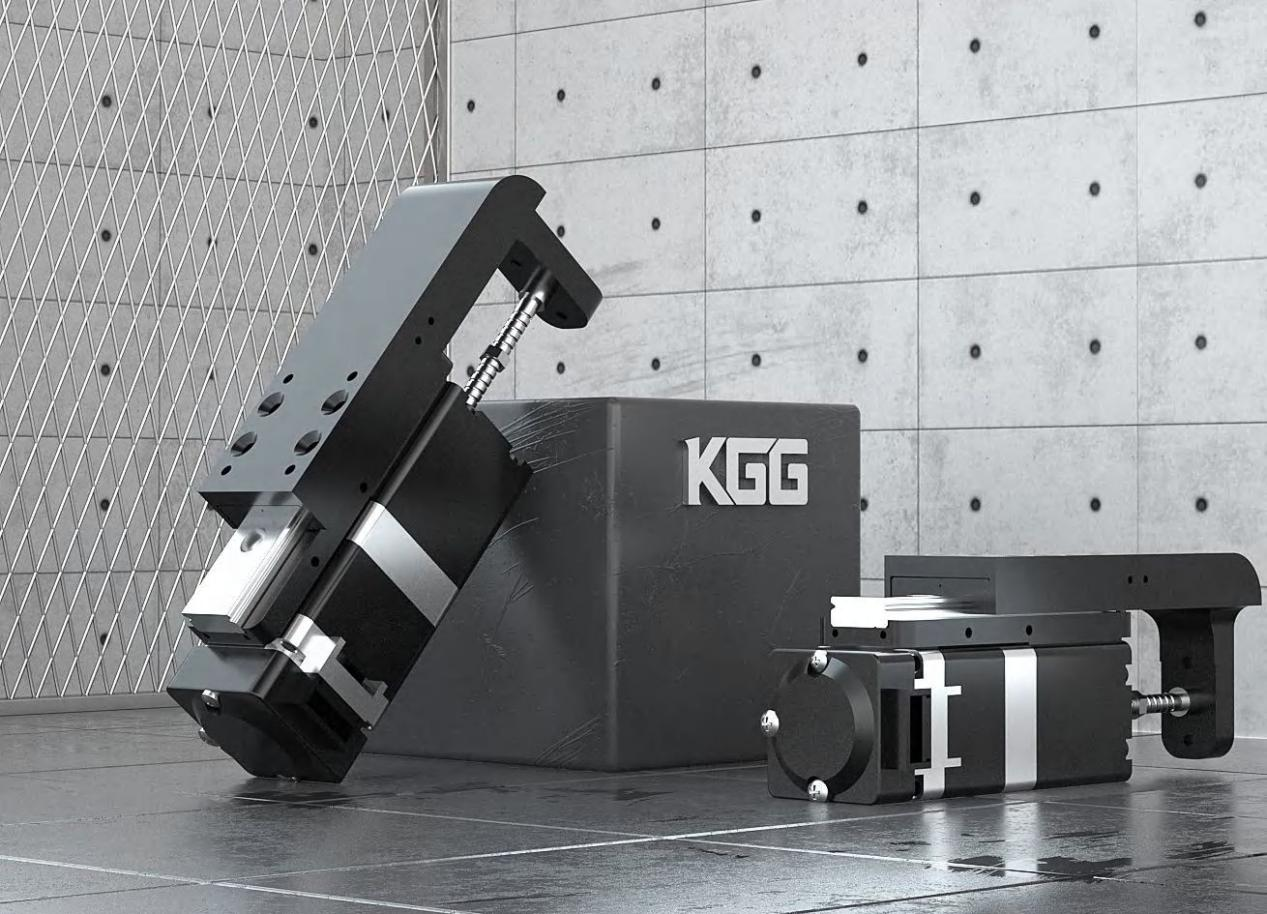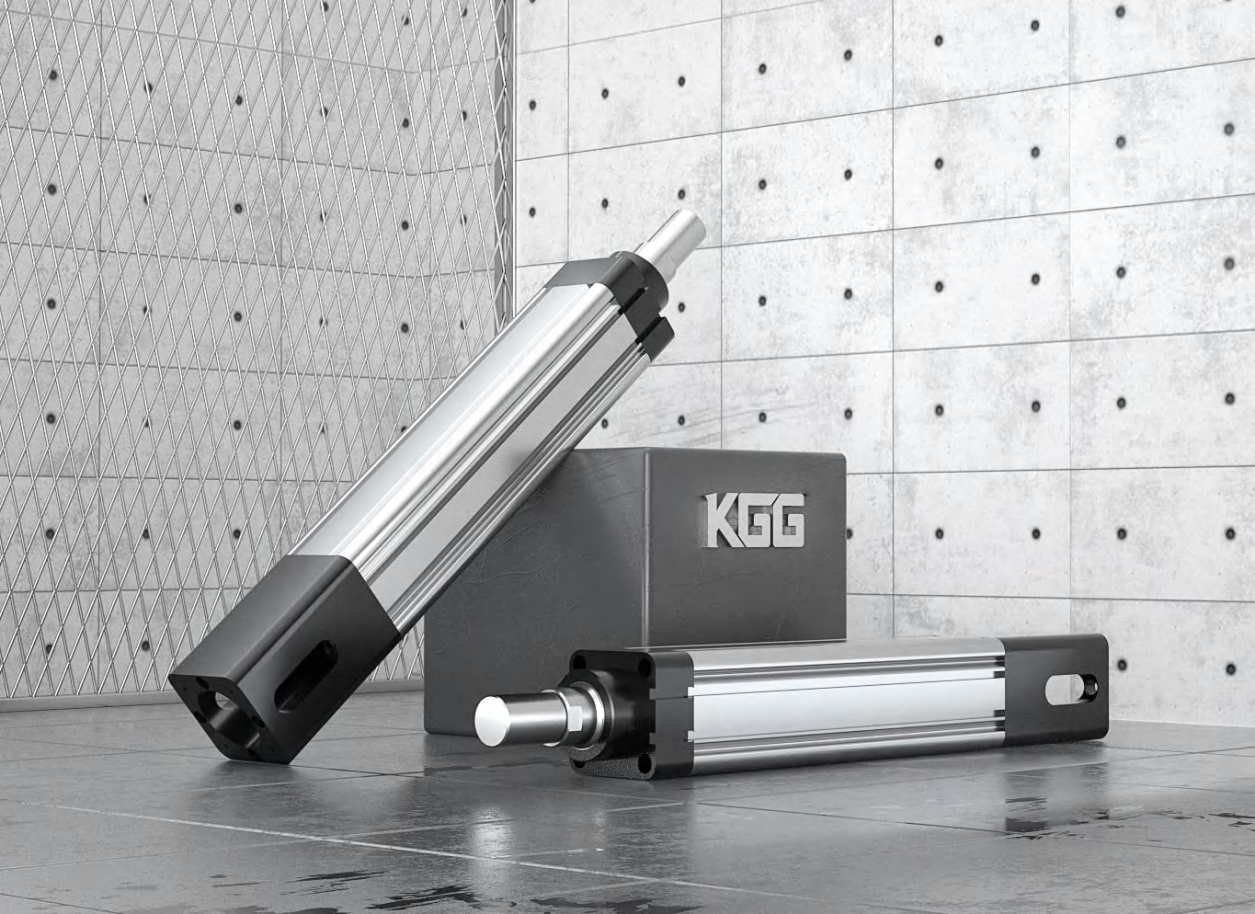Electric cylinders are indispensable components within automation systems across a multitude of industries. They adeptly transform electrical energy into linear motion, facilitating precise control over machinery and processes. As industries progress towards more intelligent and efficient operations, the adoption of electric cylinders is witnessing an unprecedented surge. These devices are increasingly replacing traditional hydraulic and pneumatic actuators due to their cleaner operation, superior energy efficiency, and seamless integration with digital control systems.
Electric cylinders function by generating linear motion through the application of electrical power. In contrast to conventional hydraulic or pneumatic cylinders, they employ electric motors, gears, and sensors to achieve remarkable precision in movement. Compact in design and highly energy-efficient, these cylinders require less maintenance—rendering them ideal for applications that demand exceptional accuracy and repeatability. They find their place within automation systems, robotics platforms, packaging lines, and manufacturing equipment. Their capability to interface with digital control frameworks enables real-time adjustments and enhances overall process management.
By 2025, the adoption of electric cylinders will be propelled by an increasing demand for cleaner and more sustainable automation solutions. These devices play a pivotal role in supporting Industry 4.0 initiatives by fostering smarter factories equipped with IoT connectivity. As technological advancements continue apace, electric cylinders are evolving into even more versatile tools—boasting features such as integrated sensors, feedback mechanisms, and customizable stroke lengths. Their contribution to reducing operational costs while simultaneously elevating safety standards positions them as a strategic choice for numerous industries seeking innovation in their automated processes.

I. Engineering and Assembling with Precision
Electric cylinders play a significant role in high-precision manufacturing environments, particularly within the realms of electronics and automotive assembly lines. They facilitate the meticulous placement of components, thereby minimizing errors and waste. For example, robotic arms equipped with electric cylinders can position microchips with micron-level precision. This capability not only enhances product quality but also accelerates throughput significantly. Adoption rates are notably high in sectors where stringent quality control is paramount, bolstered by sensors that deliver real-time feedback on both position and force.
Key performance indicators include an impressive increase in throughput by as much as 20%, a marked reduction in defect rates, and diminished maintenance costs. Manufacturers are progressively incorporating electric cylinders into their automation frameworks to realize these advantageous outcomes.
II. Integrated Packaging and Handling Systems
In packaging lines, electric cylinders automate critical tasks such as box erection, sealing, and product placement with remarkable efficiency. They provide rapid and reliable motion control—an essential requirement for high-speed processes. For instance, within the food and beverage packaging sector, electric cylinders adeptly manage delicate items without inflicting damage upon them, thus ensuring consistency and safety throughout production cycles. Their programmability facilitates swift changeovers between various product sizes and types, effectively reducing downtime.
The impetus for adoption stems from an increasing demand for flexible, hygienic, and energy-efficient solutions. Efficiency enhancements manifest as cycle times that are up to 15% faster alongside substantial energy savings when compared to traditional pneumatic systems
III. Material Transformation and Finishing
Electric cylinders find extensive application in CNC machining processes such as grinding or other material removal techniques where they offer unparalleled precision over tool positioning and pressure management—thereby enhancing surface finish quality along with dimensional accuracy. In automated grinding stations specifically designed for this purpose, electric cylinders dynamically adjust tool paths based on sensor feedback mechanisms which serve to minimize material wastage effectively.
Industry examples encompass aerospace component manufacturing, where tight tolerances are imperative. The primary advantage lies in enhanced process consistency, culminating in a reduction of reworks and an elevation in output quality.

IV. Laboratory Automation and Precision Analysis
In laboratory settings, electric cylinders facilitate the automation of sample handling, testing, and analysis processes. They empower high-throughput workflows with minimal human intervention. For instance, within pharmaceutical testing environments, electric cylinders meticulously position samples for analysis, thereby ensuring both repeatability and precision.
Adoption metrics emphasize increases in throughput alongside a decrease in manual errors. Their seamless integration with data systems bolsters compliance with regulatory standards such as GMP and ISO.
V. Automotive and Heavy-duty Machinery Testing
Electric cylinders find application within testing rigs designed for automotive components and heavy machinery alike. They adeptly simulate real-world forces and motions, yielding invaluable data regarding durability and performance characteristics. For example, these electric cylinders can replicate the stresses encountered by suspension systems during rigorous testing phases while offering precise control over load parameters and displacement.
The outcomes manifest as more accurate test results, abbreviated testing cycles, and superior data to inform product development initiatives. Their reliability coupled with precision is paramount within high-stakes testing environments.

Typically integrated into automation frameworks via PLCs, industrial PCs or IoT platforms; electric cylinders frequently incorporate built-in sensors that monitor position, force, and temperature—facilitating closed-loop control mechanisms. Compatibility with communication standards such as EtherCAT, ProfiNet or Modbus ensures fluid interaction across industrial networks.
Regulatory compliance varies significantly across industries; for instance, within food production or pharmaceuticals sectors—electric cylinders must adhere to hygiene protocols along with certifications like IP ratings suitable for washdown conditions. Proper wiring practices alongside grounding techniques as well as safety interlocks are vital to ensure safe operation particularly in hazardous zones.
By 2025, electric cylinders are anticipated to achieve an even deeper integration with digital ecosystems, thereby bolstering the initiatives of Industry 4.0. Emerging trends encompass heightened sensor integration, AI-driven predictive maintenance capabilities, and enhanced connectivity features. These innovations will facilitate the development of more intelligent and adaptive automation solutions.
However, challenges persist in the form of substantial initial investments and the imperative for workforce training. Nevertheless, a wealth of opportunities exists within sectors such as aerospace, automotive, and pharmaceuticals—industries where precision and regulatory compliance are critical. Furthermore, the growing emphasis on sustainability is poised to catalyze advancements in energy-efficient electric cylinders, further propelling their widespread adoption.
For more detailed product information, please email us at amanda@KGG-robot.com or call us: +86 15221578410.

Written by lris.
Breaking News: The Future of Precision is Here!
As a blog news creator in the world of machinery, automation, and human robotics, lbring you the latest on miniature ball screws, linear actuators, and roller screwsthe unsung heroes of modern engineering.
Post time: Nov-19-2025






